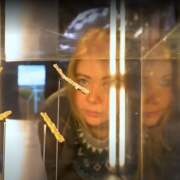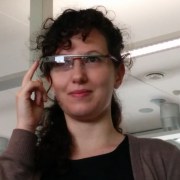Authenticity: working with visitor expectations
Before stepping into a cultural establishment, most visitors have already decided what they should find there and what kind of experience they will have.
In museums with protected collections, visitors expect authentic “real” objects and may not perceive reproductions or digital replicas as proper museum objects. With the innovative opportunities offered by technology, how can museums engage visitors in authentic digital experiences?
In science centres, the opposite effect can be observed. Visitors expect simulations or representations of scientific phenomena and some have reported not believing that, for example, citizen science-based exhibits are in fact real science. How can science centres overcome this and convince visitors of the authenticity of their experience?
This interactive reverse session will offer an active discussion on pushing the boundaries of visitors’ expectations and conveying authenticity.
Session speakers
Convenying authenticity has been a particular challenge for exhibits based on citizen science projects or those allowing free access to artefacts. Prototyping has revealed that many visitors are convinced that the experiences are simulated and so do not believe that they are doing is real science. I will share some of these experiences as well as successful and unsuccessful strategies that we have tested to overcome them.
During my doctorate at the University of Bath in UK, I explored how authenticity and entertainment can coexist in contemporary museums through game creation and game play. In particular, I investigated how digital replicas are perceived and how they can be interpreted. I also organised a workshop to explore the concepts of authenticity (dimeaworkshop.tumblr.com) and a two-day event during which participants developed games around museum artefacts (gametale.org).
Assistant professor informal science education
As a researcher, I have studied the interaction and perception of visitors with real objects. Often, it is not enough to just show visitors real objects for them to appreciate the authenticity. There are many ways to support the interaction with real objects through technology or facilitation. Appreciation for real objects is also depending on characteristics of the object itself and of the visitor. I will share findings from my own research as well as from a review from existing literature.




